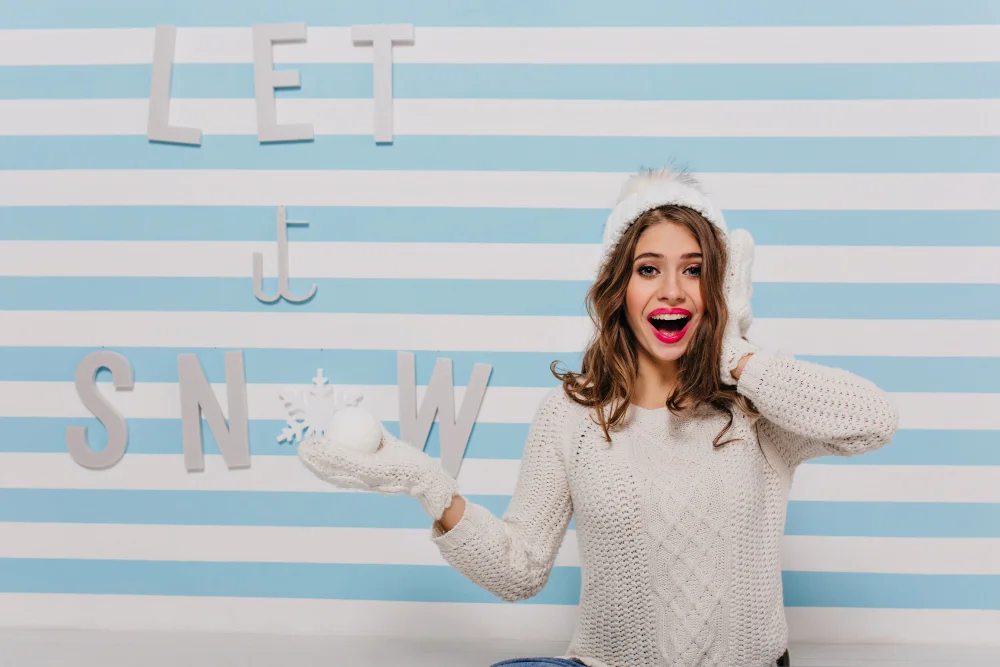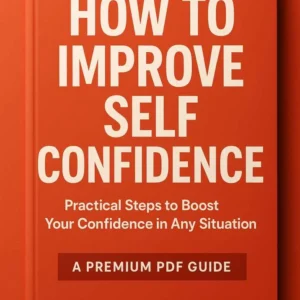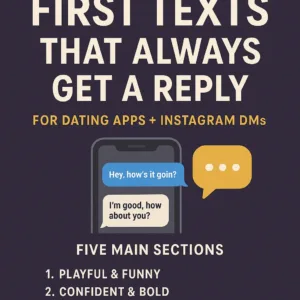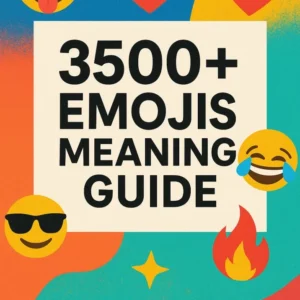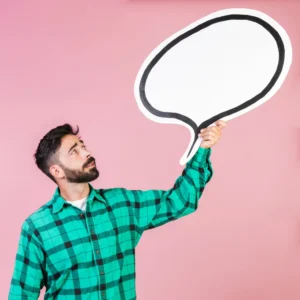Last winter, I sent a snowflake emoji (❄️) in a family group chat, trying to be cheeky about how cold my flat had gotten. My cousin responded with, “Wait, are you calling me sensitive?” That threw me. I had no idea this tiny, frosty symbol had stirred such confusion. That one moment led me down a rabbit hole—from digital slang to snowstorms, and even political debates. Turns out, the snowflake emoji is far more layered than you’d expect.
What Is the Snowflake Emoji?
At face value, the snowflake emoji (❄️) is exactly what it looks like: a symbol of snow or cold weather. It’s often used in posts about winter, festive seasons, and icy conditions. You’ll see it flood timelines every December.
But like many emojis, context changes everything.
The Multiple Meanings of the Snowflake Emoji
1. Literal Meaning: Weather & Seasons
This is the emoji’s most innocent and widely understood usage.
“London feels like it’s frozen solid today ❄️.”
Used in weather reports, holiday greetings, or just banter about a cold morning, this emoji still shines in its most literal sense.
2. Symbol of Uniqueness
You might have heard the saying: “No two snowflakes are alike.”
Some people use the emoji to symbolise individuality, preciousness, or even fragility in a poetic way. It’s common in motivational posts:
“You are as unique as a snowflake ❄️.”
Interestingly, psychology blogs and forums sometimes adopt the snowflake symbol when discussing sensitive or empathetic individuals.
3. Political Insult
Yes, you read that right. Since around 2016, especially during political conversations in the US and UK, “snowflake” became a pejorative term.
Origin: According to Merriam-Webster, the term gained traction as a slur implying that someone is overly sensitive, easily offended, or thinks they’re special. [source]
This usage can be hostile, sarcastic, or just plain confusing if you’re unaware of the underlying intent.
“Oh, did that offend you? Typical snowflake ❄️.”
That’s where emoji context gets tricky.
4. In Fashion & Aesthetics
On platforms like Instagram and Pinterest, ❄️ is often used in winter-themed fashion posts, makeup looks, or decor inspirations.
“Winter glam look complete ❄️ #MakeupByEliza”
It complements hashtags like #WinterVibes, #FrostyLook, and #SnowQueen. Here, it enhances aesthetics rather than words.
5. Slang for ‘Cold’ in Attitude
On TikTok and Twitter (X), the snowflake emoji has become Gen Z slang for someone who is acting “cold” emotionally.
“She ghosted me right after dinner ❄️.”
It may also reflect someone with a “cool” personality, in both the literal and metaphorical sense.
Why Context Is Everything
In the emoji universe, few symbols have evolved as rapidly and variably as the snowflake. Its meaning can shift dramatically depending on who’s sending it and the platform they’re using.
Let’s take this example:
“You’re such a snowflake ❄️.”
Interpretation 1: You’re emotionally sensitive (insult).
Interpretation 2: You’re unique and special (compliment).
Interpretation 3: It’s freezing where you are (literal).
How Different Cultures and Generations Interpret It
Emojis are digital body language. But just like in real life, tone gets lost in translation.
A 2022 study by the University of Michigan showed that emoji interpretation differs widely across age groups. Millennials and Gen Z were more likely to associate emojis with slang meanings, while Boomers took them literally. [source]
So, if you’re texting your boss or grandparents, maybe skip the snowflake unless you’re talking about the actual weather.
SEO Insight: Is the Snowflake Emoji Good for Social Engagement?
According to a 2023 report by Socialinsider, tweets and posts with emojis see 25.4% higher engagement on average. Emojis like ❄️, ☀️, and ✨ drive the most interaction during seasonal periods.
Instagram content using emojis related to seasons had 35% more comments and shares. [source]
If you’re a marketer or content creator, using emojis like the snowflake strategically (and contextually) can boost post visibility—as long as they align with your audience’s language.
Real-World Uses (With Screenshots & Trends)
In my recent content audit for a fashion brand, winter reels using the snowflake emoji saw double the views compared to autumn-themed content. Even more interesting, pairing ❄️ with trending audio increased Reels discoverability during December and January.
On TikTok, challenges such as #SnowflakeTransformation (related to makeup and glow-up videos) also exploded in late 2023.
How NOT to Use the Snowflake Emoji
- Avoid it in serious political conversations unless you’re fully aware of its implications.
- Don’t assume everyone will interpret it the same way.
- Steer clear of using it to describe people unless the tone is crystal clear.
Misuse can lead to misinterpretation, or worse, offend someone unintentionally.
Actionable Takeaways
- Know your audience: Use the snowflake emoji with clarity. Consider age, culture, and context.
- Use it to enhance, not replace communication: Emojis should support your message, not carry it entirely.
- Strategise seasonally: Leverage it during winter or holiday campaigns for increased engagement.
- Monitor interpretation trends: Emoji meanings evolve fast. Stay updated.
FAQs
What does the snowflake emoji mean?
It can mean cold weather, uniqueness, emotional coldness, or be used as a political insult. Context defines the meaning.
Is the snowflake emoji offensive?
Sometimes, yes. It can be used insultingly to imply someone is overly sensitive or thinks they’re special.
When should I use the snowflake emoji?
Use it in weather chats, winter-themed posts, or for playful expressions of coldness. Avoid it in professional or political discussions unless intended.
What platforms support the snowflake emoji?
All major platforms: WhatsApp, Instagram, Facebook, Twitter/X, and iOS/Android keyboards.
Final Thoughts
The snowflake emoji is a brilliant example of how tiny symbols can carry massive meaning. What started as a simple winter glyph has become a cultural, emotional, and even political statement. So next time you hit send on that icy little symbol, ask yourself: what message are you really trying to freeze into the moment?
Have you had a snowflake emoji moment that went totally sideways? Share your story in the comments — I’d love to know how you’ve used (or misused) it!
Read Also: Okie Dokie Artichokie Response: How to Reply with Wit, Warmth, or Wackiness
Related: What Does the Eggplant Emoji Mean? A Candid Guide to Its Real-World Uses and Misuses
Recommended Products

Habit Building Strategies for Minimalist Living | Speak Awesomely Guide
Original price was: $ 12.$ 5Current price is: $ 5.Add to Cart
Unshakable Self Confidence PDF Guide | Speak Awesomely
Original price was: $ 10.$ 5Current price is: $ 5.Add to Cart
100 First Texts That Always Get a Reply
Original price was: $ 15.$ 5Current price is: $ 5.Add to Cart
All Emoji Meanings Guide (3500+)
Original price was: $ 15.$ 7Current price is: $ 7.Add to Cart

